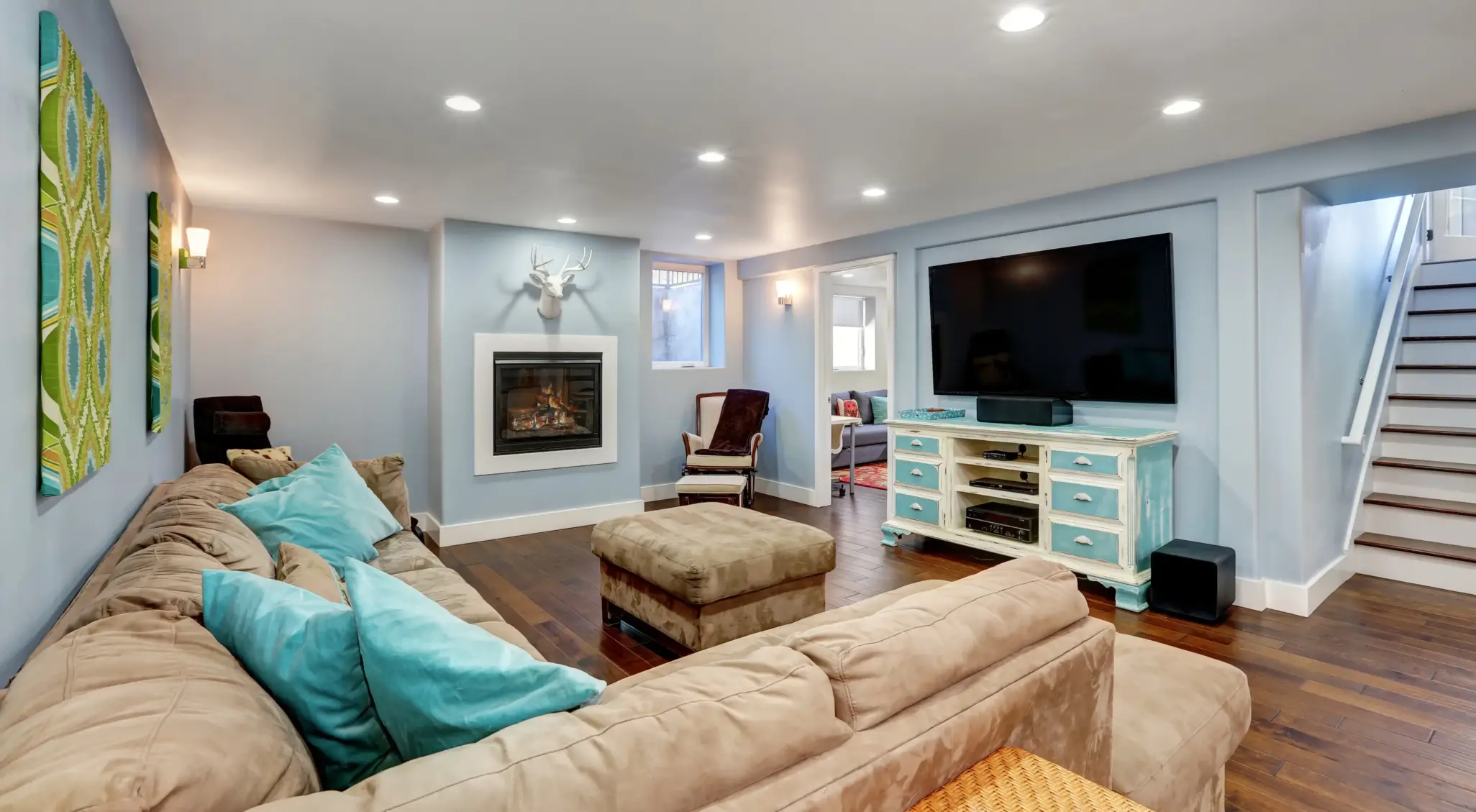The end of the year is a great time to review your finances and explore ways to potentially lower your tax burden. One avenue to consider is leveraging home improvement projects for potential tax deductions. While the rules can be complex, understanding the eligible expenses can help you maximize your savings.
What Home Improvements Qualify for Tax Deductions?
Energy-Efficient Upgrades
One of the most common ways to maximize deductions is by investing in energy-efficient home improvements. The federal government offers tax credits for installing energy-efficient windows, doors, insulation, and HVAC systems. Solar panels and other renewable energy upgrades can also provide substantial credits under the Residential Clean Energy Credit
Before proceeding, check the IRS guidelines to ensure your project qualifies. Some states also offer additional credits or rebates for energy-efficient upgrades, so research your state’s specific programs.
Home Office Enhancements
If you use a portion of your home exclusively for work, improvements to that space may qualify for a deduction under the Home Office Deduction. Qualifying improvements could include upgrading lighting, insulation, or installing energy-efficient windows in your home office. You can get more details from the IRS by reviewing their article on how small business owners can deduct their home office on their taxes.
Keep in mind, this deduction applies to self-employed individuals or independent contractors—not employees working remotely for an employer.
Accessibility Upgrades
Making your home more accessible for aging or disabled family members might also qualify for a deduction. Costs associated with widening doorways, installing ramps, or adding grab bars could be tax-deductible as medical expenses if they meet the IRS criteria. Learn more about these deductions on the IRS Medical Expenses page under Capital Expenses.
Record Keeping is Key
The IRS requires documentation for most major tax deductions and credits. To claim any deductions, proper documentation is essential. Save all receipts, invoices, and contracts for your home improvement projects. You’ll also need manufacturer certifications for energy-efficient upgrades and any necessary permits. Documentation can be stored both digitally for easy retrieval and physically in storage cabinets to ensure records are kept.
Act Before the Year Ends
Timing is critical. To take advantage of these deductions for the current tax year, improvements must be completed and paid for by December 31. Reach out to licensed contractors immediately to ensure your projects are finished on time. You can also contact our team for projects scheduled to start in the new year!
Consult a Tax Professional
While the IRS provides general guidelines, tax laws can be complex. A tax professional can help you navigate the specifics, ensuring you maximize your deductions while staying compliant. For additional information, visit the official IRS Tax Benefits for Homeowners page.
Closing Thoughts
By making strategic home improvements before year’s end, you can improve your home’s comfort, functionality, and value—all while enjoying potential tax benefits. With careful planning, your year-end upgrades can be a win-win for your home and your wallet.
Disclaimer: This information is for general guidance only and does not constitute tax advice. Please consult with a qualified tax professional for personalized guidance on your specific situation.




